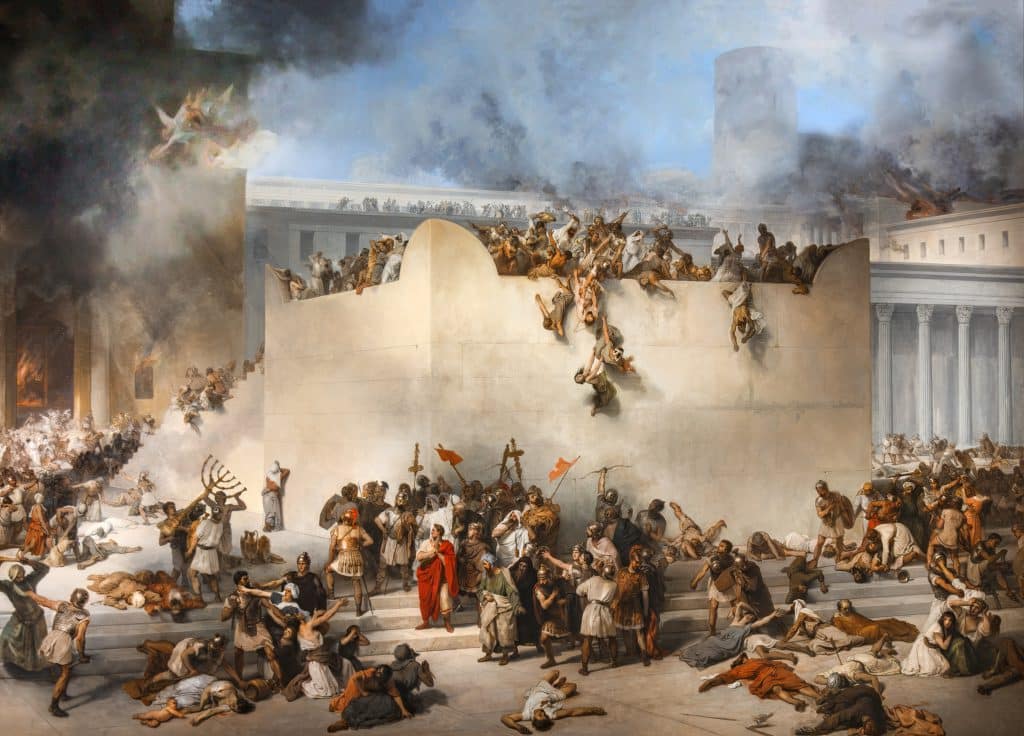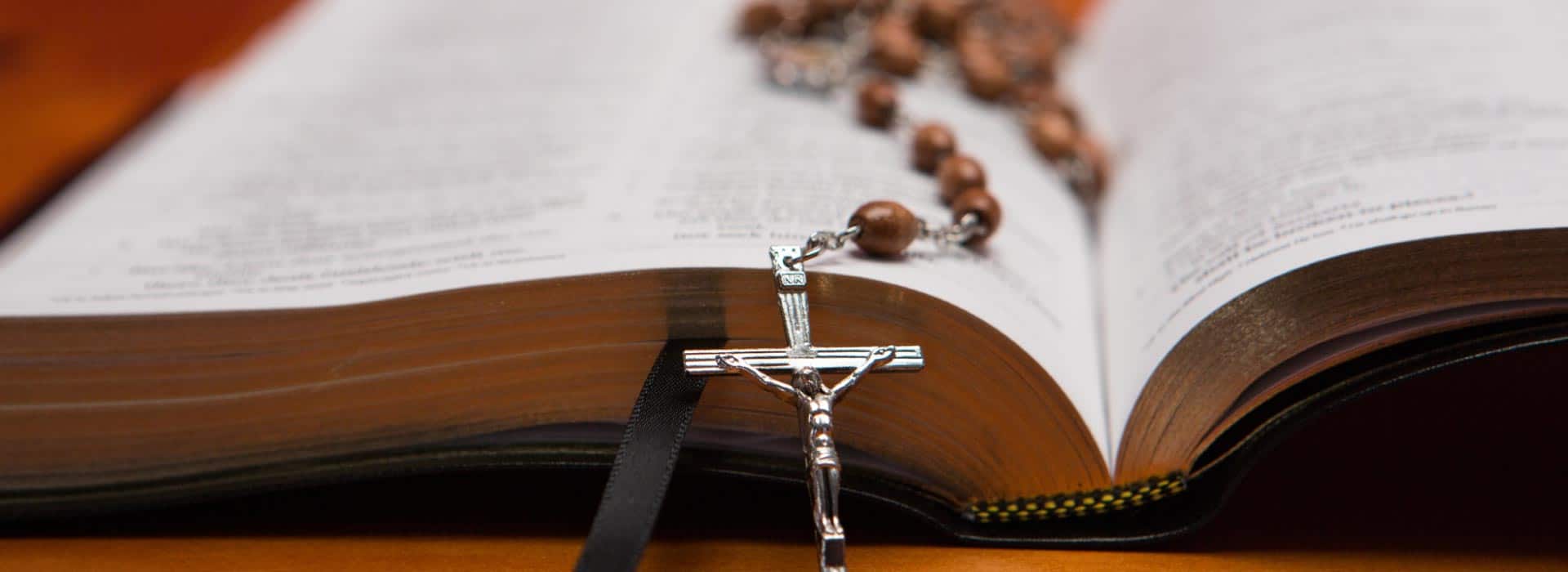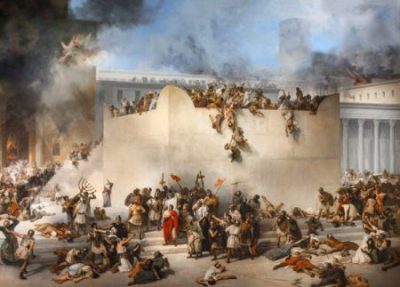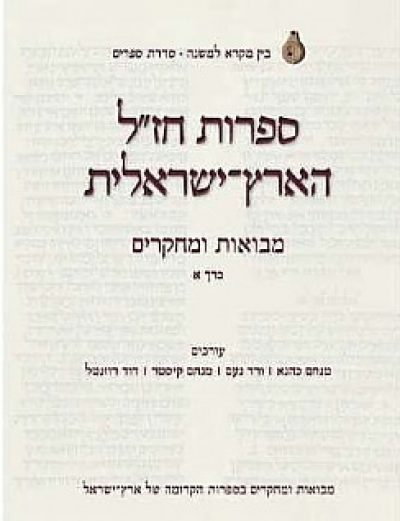Tisha B’Av is a Jewish day of fasting, symbolising the peak of the three week mourning known as Bein ha-Metzarim. It is considered the most important fast related to the destruction of the Temple, among which there are four. Furthermore, the day coincides not only with the destruction of the first and second Temple but is believed to be a day where multiple more tragic historical events have taken place.
The fast itself lasts from evening to evening, unlike other fasts that are usually done from morning to evening. Customs includes a number of special mourning customs, such as sitting on the floor, and the prohibition of Torah study.
It is customary, during the fast, to read the Lamentations and mourn the destruction of the Temple and other disasters that have befallen the people.
According to tradition, Tisha B’av will become a day of celebration and joy with the coming of the Messiah and the construction of the Third Temple. Also, there are traditions, such as in the Jerusalem Talmud, which claim that the Messiah is supposed to be born on Tisha B’av.
According to tradition, the first Tisha B’Av happened after the exodus from Egypt when Moses sent out twelve spies and as punishment for their sins the people were prevented from entering the Land. Added on to this is various events in biblical literature such as the destruction of the First and Second Temple.
**The three weeks span between the 17th Tammuz (the day when the wall of the city of Jerusalem was breached in the destruction of the Second Temple) and the fast of Tisha B’av. Various strict customs are maintained and some practice a prolonged period of mourning.







